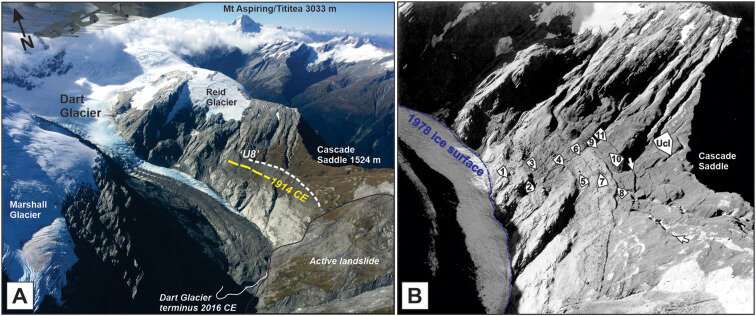Figure 1. Credit: DOI: 10.1016/j.quascirev.2021.107068
Research conducted in the Southern Alps by Te Herenga Waka—Victoria University of Wellington's Dr. Shaun Eaves and others shows greenhouse gases, particularly carbon dioxide, have been integral to the retreat of Aotearoa's glaciers for at least the past 5,000 to 7,000 years, since the mid-Holocene epoch.
They made their discovery by using beryllium to accurately date the moraines of the Dart Glacier, near Tititea–Mt Aspiring.
Dr. Eaves, a lecturer in physical geography in Te Kura Tātai Aro Whenua—the School of Geography, Environment and Earth Sciences, and his fellow researchers co-authored a recent Quaternary Science Reviews paper on the changes in the Dart Glacier.
He says their findings are important because knowing more about how and why the climate changed naturally during pre-industrial times helps us better understand human influences on climate.
"That understanding, though, is limited by short instrumental records, especially in the Southern Hemisphere. But glaciers are exceptional recorders of climate, as their mass balance and length changes are strongly dependent on changes in temperature and precipitation.
"Pre-historic glacier fluctuations are recorded in moraines, the rocky landforms at the sides and ends of glaciers which show the size and shape of the ice body as the climate has changed."
The moraine sequence of the Dart Glacier is particularly well-preserved, with surfaces ideally suited for dating using beryllium, which indicates how long a rock has been exposed and helps determine erosion rates.
That work, along with detailed geomorphological mapping and observations taken during the past century, allowed the researchers to reconstruct the pattern of glacier-length changes, he says.
"By using beryllium surface exposure dating, we have extended the 100-year history of observational records at the Dart Glacier and constrained the timing of moraine building events to 7,800 +/- 300 years and 321 +/- 44 years ago.
"Our findings are consistent with emerging evidence for an early Holocene glacial maximum in southern mid-latitudes and suggest an onset of regional-scale glacier retreat beginning around 7,000 years ago, as indicated by the composite moraine record for the Southern Alps."
The south-facing Dart Glacier descends from the highest peaks of the Snowdrift Range, up to 2500m above sea level, and forms the headwaters of the Dart River which drains into Lake Wakatipu.
At the peak of the last ice age (approx. 20,000 years ago) the glacier was about 130km longer than its present 6km, says Dr. Eaves. Today it has a wide accumulation zone that bottlenecks about 1500m up, with an ice fall feeding the glacier tongue, which terminates about 1150m above sea-level.
Photographs were taken during a 1914 expedition and the first physical map was drawn the following year. Observations since show the Dart Glacier's terminus has retreated about 3km between 1915 and 2018.
Dr. Eaves says modeling shows the lengths of these kinds of glaciers change easily depending on what happens in their catchment area.
The annual precipitation in the area of about 5,000mm also enhances sensitivity to temperature change.
"At Dart, we found that the glacier had undergone net retreat over the last 8,000 years. When we added our data to a growing number of simlar beryllium records from other New Zealand glaciers, this timing of retreat seemed to be a common theme."
The researchers analyzed global climate models that simulate past conditions to understand how the Earth transitioned from the peak of the last ice age, about 20,000 years ago, to the present.
The simulations included the major drivers of the Earth's climate, such as measures of incoming solar radiation, greenhouse gases, meltwater into the oceans, and the changing shape of the ice sheets.
"Several simulations were run, some with all of these drivers varying through time and others with just one, to allow us to see their individual impact.
"When all drivers are included, the model produced a pattern of summertime warming during the Holocene, which began about 7,000 to 8,000 years ago and continued to the present day. This matches what the glacier record was saying—there was warming and glacier retreat from back then—and suggests the model may be useful for diagnosing the cause of glacier retreat.
"However, that simulation run using all of the drivers cannot tell us the cause of the warming alone—we need the run of individual drivers for that. These showed us the warming was driven mainly by greenhouse gas changes, dominated by carbon dioxide, which increased by 20 parts per million between 7,000 years ago and the pre-industrial era.
"Model runs of the other variables, like incoming solar radiation, meltwater, and ice extent did not produce the warming signal over this period so we were able to discount their importance," Dr. Eaves says.
More information: Lisa Dowling et al, Local summer insolation and greenhouse gas forcing drove warming and glacier retreat in New Zealand during the Holocene, Quaternary Science Reviews (2021). DOI: 10.1016/j.quascirev.2021.107068
Journal information: Quaternary Science Reviews
Provided by Victoria University of Wellington
























